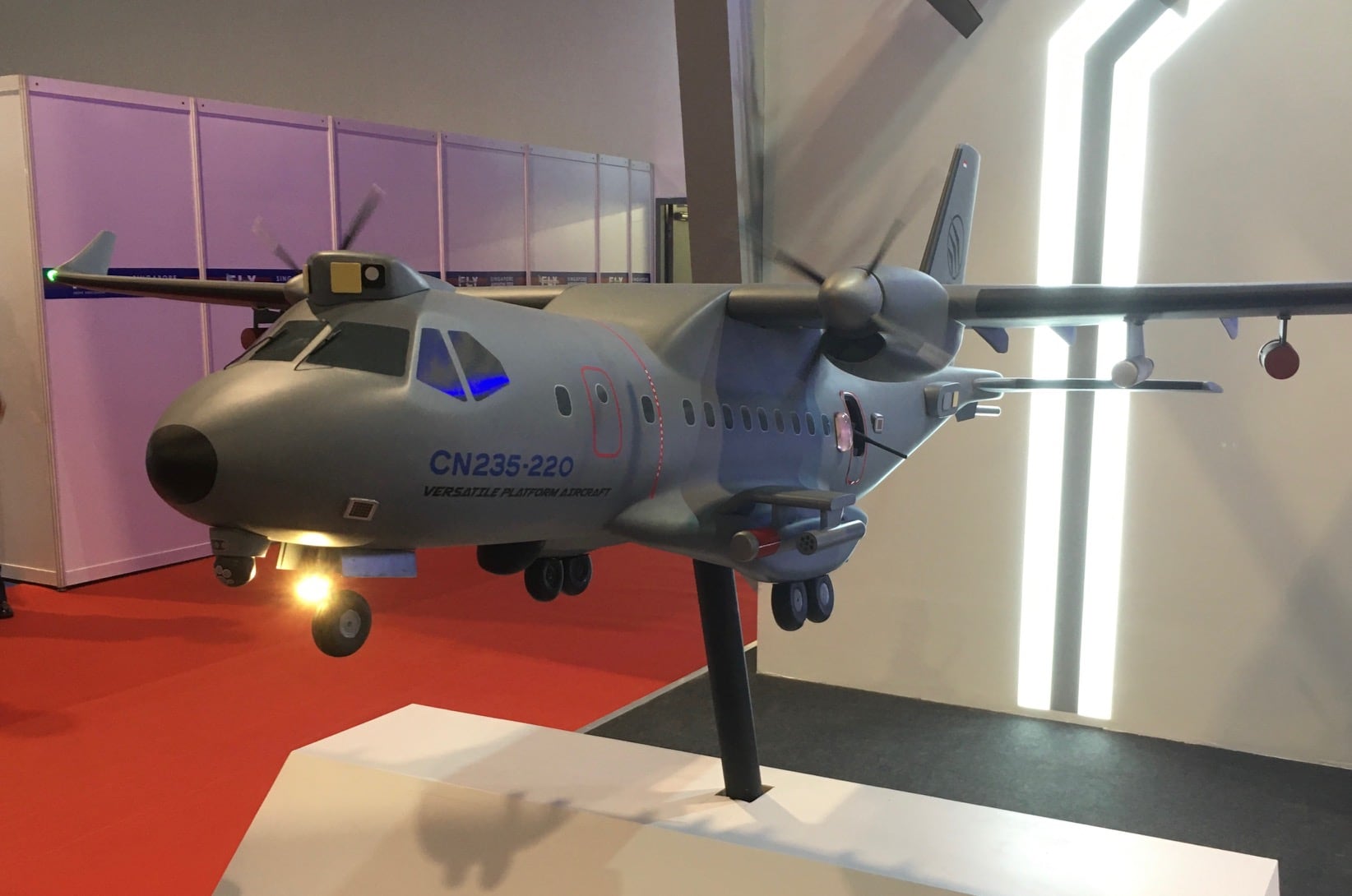SINGAPORE — Singapore is unlikely to pursue new airlift and maritime patrol aircraft in the short term, as its current platforms can meet those needs following capability upgrades, according to the country’s Air Force chief.
Maj. Gen. Kelvin Khong said a written response to questions sent by various media outlets ahead of the Singapore Airshow that the Republic of Singapore Air Force is satisfied with the ability of its fleet of Fokker 50 Enforcer II maritime patrol aircraft and Lockheed Martin C-130B/H Hercules transports to meet operational needs.
Nevertheless, he said, the service will continue to review its capabilities and look to acquire new systems to meet any future requirements that may arise.
The first of Singapore’s upgraded C-130 was delivered in 2010. Improvements to the fleet included new avionics, mission systems and self-protection suites. The flight deck is now fitted with a digital glass cockpit, as well as modern navigation, communications and flight management systems that, among other advantages, allows them to operate in crowded airspace.
“These enhancements will ensure that our C-130 fleet continues to meet our operational requirements for some time to come," Khong said.
Singapore operates a fleet of four C-130B and six C-130Hs as its primary tactical airlifters. The C-130Bs are secondhand aircraft acquired in the 1970s from U.S. Air Force and Jordanian stocks, and they are about 60 years old, while the C-130Hs are newer aircraft built in the 1980s.
The C-130Hs have been regularly tasked with supporting Singaporean military operations and overseas training, including supporting Singapore’s coalition efforts in Afghanistan and Iraq, as well as undertaking humanitarian assistance and disaster relief missions to various neighboring regional countries. The older "B" models are more frequently used for crew training closer to home.
RELATED

Khong also said the Air Force will continue to operate its Fokker 50 light transports and maritime patrol aircraft (MPA) “as long as it is operationally and economically feasible,” noting that the fleet had undergone a life extension program in 2017 to replace systems that were facing obsolescence.
These included the MPA’s radar along with electro-optical/infrared sensors and communications systems.
Singapore previously sought information on a range of maritime patrol platforms. It issued a formal request for information to a number of manufacturers in 2015, although it subsequently put the program on hold in favor of upgrading the Fokker 50s.
The Air Force currently operates nine Fokker 50s — four as transport/utility aircraft and five configured as Enforcer 2 maritime patrol platforms. The former can be converted into an “MPA-lite” configuration, fitted with a belly radar and electro-optical systems.
The MPAs have taken part in multinational anti-piracy operations in the Gulf of Aden, while both types have been involved in maritime surveillance activities in the Strait of Malacca and the South China Sea.
Nevertheless, Khong said, the Air Force “will continue to look out for new capabilities that may better meet our future needs,” adding that the service “constantly reviews our capabilities and will upgrade or acquire new systems if required to ensure we remain operationally capable and effective.”
This could be good news for Airbus, which sees Singapore as a likely customer for its A400M airlifter. The European company was distributing posters featuring an A400M in Republic of Singapore Air Force colors at the 2014 Singapore Airshow.
At this year’s event, Johan Pelissier, the head of Asia-Pacific for Airbus Defence and Space, noted that it was not an either/or proposition, and there are users who operate the A400M alongside C-130s for different airlift requirements.
Mike Yeo is the Asia correspondent for Defense News.








